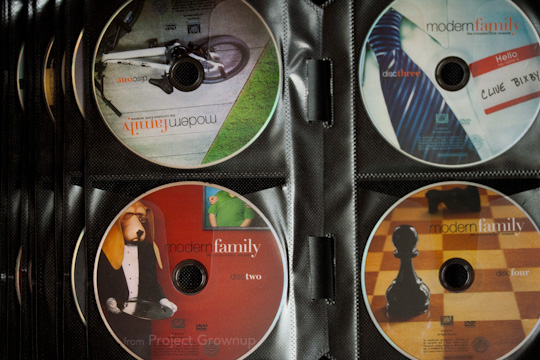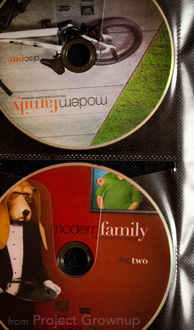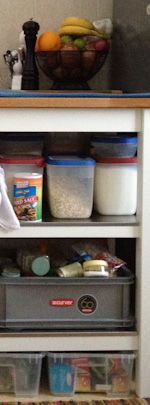I’ve always been bad about letting papers pile and pile and pile. And pile. And pile.Â
I’d say I’m letting you in on a secret, but it’s not really a secret. If you know me, you’ve probably seen my piles. Lurking. Stretching. Towering. Do you remember that poem about Sarah Cynthia Sylvia Stout? Well, had I been Silverstein’s muse, that piece would have been about paper.
Finally, a year or two ago, two major things helped me kick the habit: Creating a tight system, and changing the habits that kept me in piling slavery. This isn’t to say I’m not still tempted to pile, or that I never get behind. But whereas I used to never see the end of my papers, these days I regularly do. For me, that’s some serious progress.
This week I’m working my way through a good-size pile of junk I got behind on over the summer. So I thought I’d take the opportunity to share some of the things that have helped me slay the piling beast over the years. (I’ve also included my paper work-flow at the end.)
For all my fellow pilers…

 Find a suitable container.
Find a suitable container.

 The other day my friend Jenny sent out a call for help on Facebook. She needed to reorganize her kitchen and didn’t know where to start. Perhaps you can relate. And even though I can’t rush over and help her (or you) in the flesh, perhaps I can still help by sharing this technique.
The other day my friend Jenny sent out a call for help on Facebook. She needed to reorganize her kitchen and didn’t know where to start. Perhaps you can relate. And even though I can’t rush over and help her (or you) in the flesh, perhaps I can still help by sharing this technique.